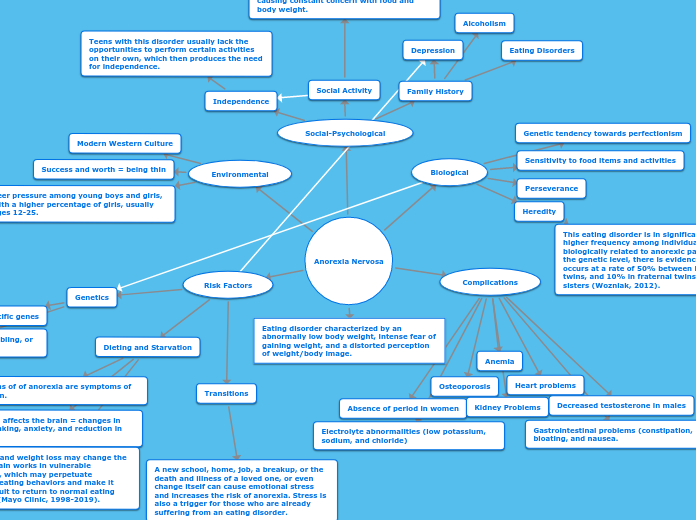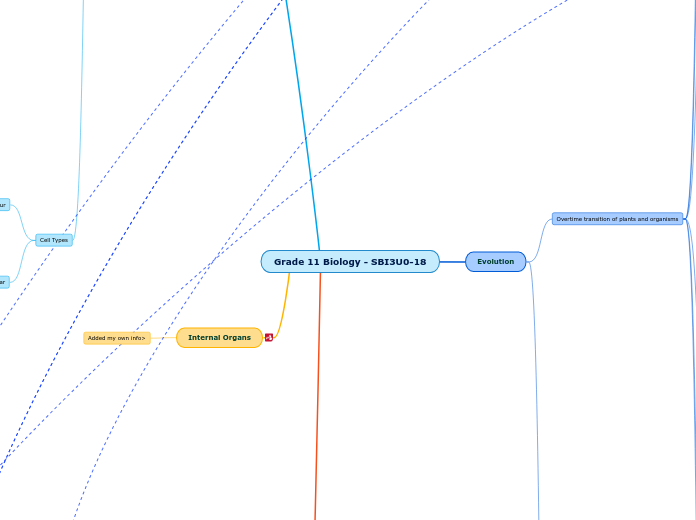par Juan Lopez Il y a 5 années
880
Anorexia Nervosa
Anorexia Nervosa is a severe eating disorder marked by extreme weight loss, fear of weight gain, and a skewed body image. Environmental factors, such as societal pressure to be thin and peer influence, particularly affect young individuals aged 12-25.









